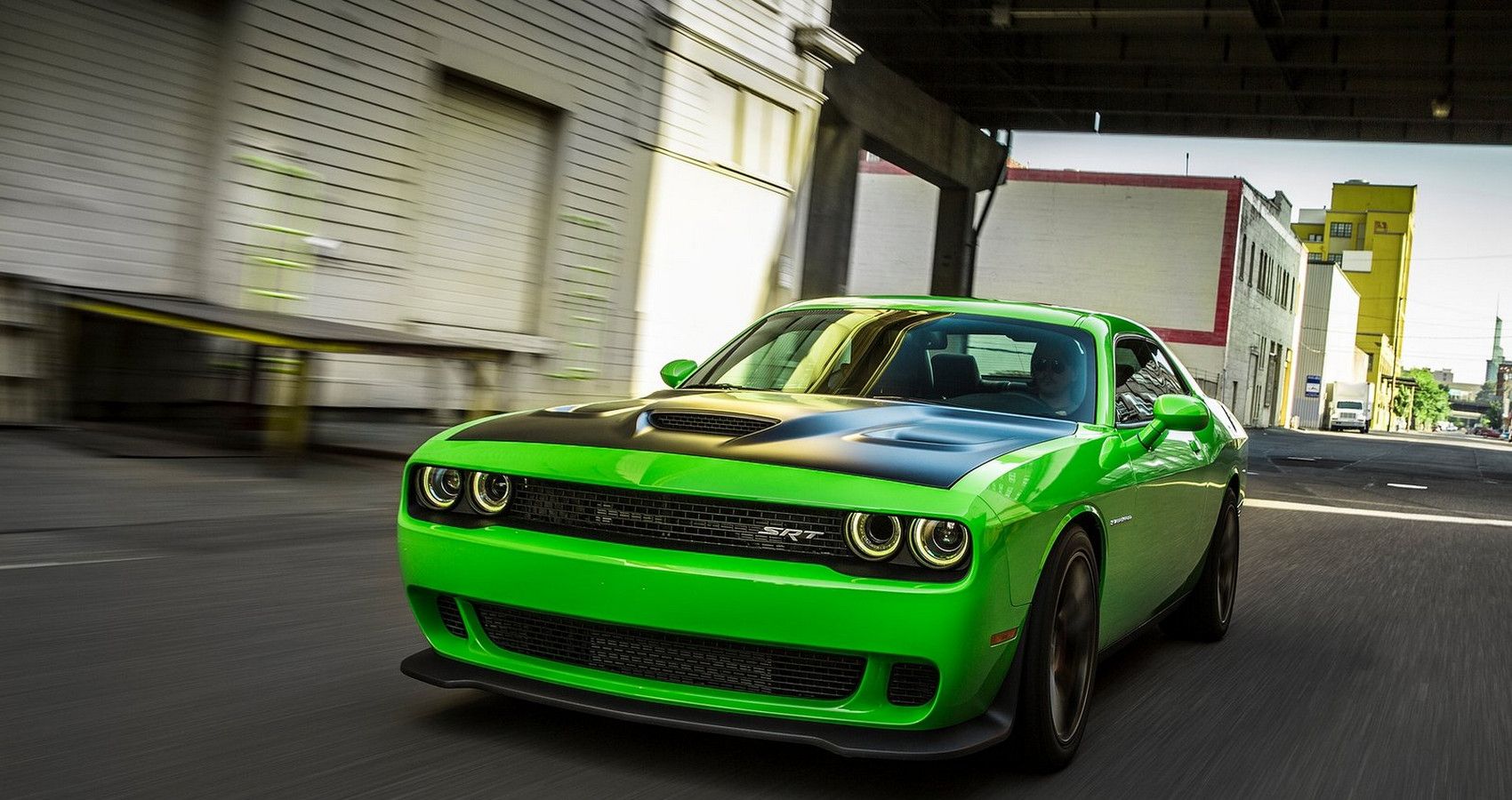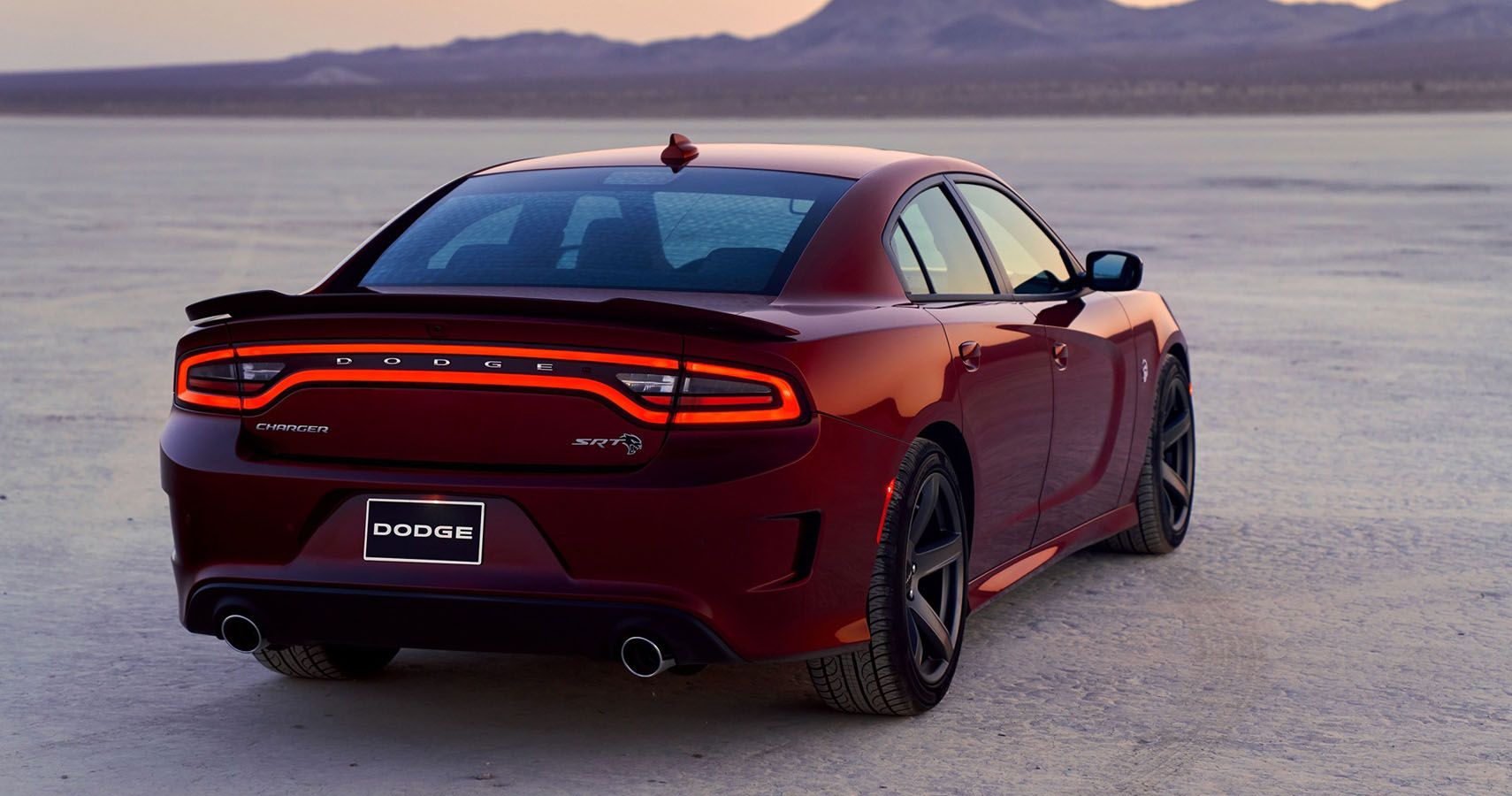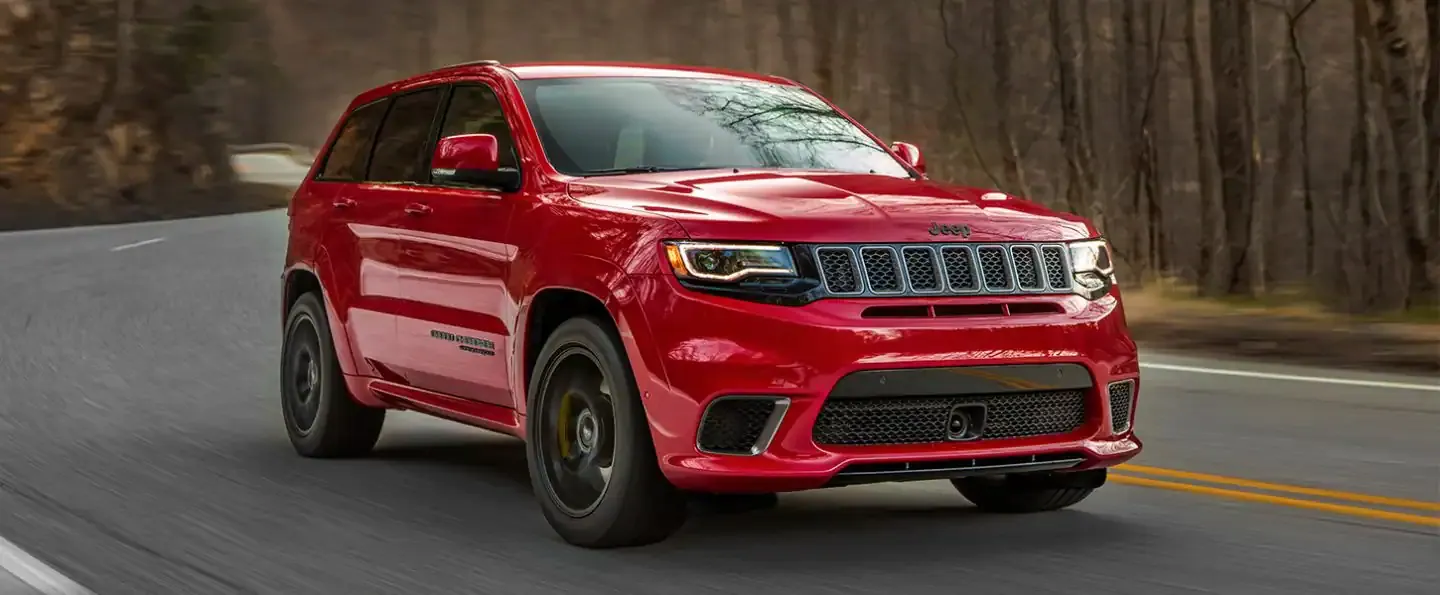It is inevitable that Dodge will have to pull the plug, drain the oil and let the Hellcat V8 rest for good. Back in 2021, Dodge CEO announced the one thing enthusiasts had feared all along. The gas guzzling V8s will soon be a thing of the past. However, at the 2022 Dodge Speed Week, the thoroughbred American V8 has been given a new temporary lease of life. Dodge has announced a brand new Durago SRT Hellcat, along with the Final Call Editions of the Charger and Challenger.
For all those who depend on Dodge for performance, the Hellcat engine is the best thing since the Demon was killed off, and soon it will be time for Dodge to let Hellcat go because there’s another revolution in town. While the death is the Hellcat V8 is inevitable, there are quite a few things to look forward to. Furthermore, Dodge will offer a bidding farewell to the Challenger and Charger. As Dodge CEO, Tim Kuniskis, we might just be in another crisis that needs radical solutions, like we did in 1972 with the infamous Oil Crisis.
Update August 2022: Dodge has revived the Hellcat V8 for a swan song, and we have updated this article with new information about the plans, including the revival of the Durango SRT Hellcat.
So here's what the predicted death of the Hellcat V8 may mean for the future of Dodge, and why it's not a bad thing at all...
Why We Love The Dodge Hellcat V8
The Hellcat engine was introduced in 2015 and named after a WWII Air Force carrier, the Grumman F6F Hellcat. It came in a 6.2-liter displacement, bearing the same bore as the very reliable 6.4-liter Hemi and the same stroke as the 5.7-liter. It came with a 2.3-liter supercharger with integrated charge coolers, for a total of 707 horsepower, and 650 ft-lb of torque, becoming the most powerful engine made by Chrysler, till the Dodge Demon came and blew everyone away in 2018.
It is also sold as a crate engine by Mopar as the Hellcrate and made even more powerful in the Redeye trims of the 2019 Dodge Challenger and the 2021 Dodge Charger, now making 797 frothing and fuming horses.
For now, the Dodge Hellcat has been powering up the Dodge Challenger SRT Hellcat and the Dodge Charger SRT Hellcat since 2015. In 2018, it was put into the Jeep Grand Cherokee Trackhawk as well, and the 2021 models of the Dodge Durango SRT Hellcat and the mind-blowing RAM 1500 TRX.
The Durango SRT Hellcat was announced to be discontinued entirely. However, through the pandemic, Dodge engineers got to work on the motor to tweak it just enough to squeeze it through the strict emission and fuel economy regulations. This led to the introduction of the new 2023 Dodge Durgango SRT Hellcat which will go on sale later this year.
Why The Hellcat Is An Endangered Beast
In an interview with CNBC, the CEO of Dodge Tim Kuniskis has indicated that the time for muscle cars may soon come to pass, although performance may only go higher. Kuniskis felt that the world and especially the Detroit 3 are facing a very similar situation as it did 50 years ago, in the ‘70s.
In the ‘70s, the rule of the muscle car came to an abrupt end with the advent of the malaise era, brought on by two double whammies. One was the oil crisis, brought on by the tensions between the US and the Middle East. The second was rising concern for the environment, which meant the feds introduced new emission rules, and the catalytic converters were put in, strangling the power out of the engines.
The economy took a downward turn as well, and sales went further down. The ‘70s then became the decade of the most embarrassing muscle cars and performance was a word that automobile makers used just for show.
Today, the cold war isn’t so much of a problem and the world, in general, has turned much smaller, coalescing into itself. And yet, it is faced with much tougher problems when it comes to the environment than it did before. So clearly gasoline is a dying fuel, and the gasoline engines are mayhaps on their last legs, especially the ones that guzzle fuel.
The Future For Dodge Will Be Electric
If Kuniskis is to be believed, days of the Hellcat are numbered, because of rising fuel and compliance costs. What is not numbered is performance. And to get this performance, Dodge looks towards cars like the Tesla and even the Porsche Taycan. In pursuit of performance, Dodge has confirmed that the next-generation platform from the automaker will be an electric architecture. Furthermore, after the Final Call editions, the Dodge Challenger and Chargers will bow out. But it has been confirmed a new Dodge BEV muscle car is under development.
Of course, Dodge has always risen to a challenge and risen well. In the malaise era, when all the muscle cars were stricken and rendered powerless, Dodge managed to find a loophole and come up with the Lil’ Red Express that for 1978, became the fastest vehicle on the road, and not just the fastest truck.
The Hellcat will still be missed though, especially by the most gasoline-headed traditionalists, although it already exceeded all sales expectations of Dodge, with more than 50,000 Hellcats having been sold since 2015. That said; Dodge promises to be a performance-driven brand and even if the future is electric, they are confident to be able to give the same thrills as the growly engine of the Hellcat does, this time as an electric cat.
Meanwhile, if you still want Hellcat thrills, the Charger and the Challenger are still selling, and there is always the Durango or Ram TRX to go for. Or the Jeep Trackhawk…
Sources: Dodge, CNBC


--Netcarshow.jpg)


.jpg)